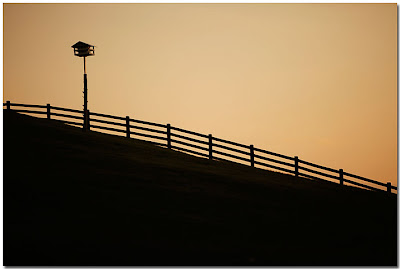
Terry Lieb bought his first bison on a whim about 8 years ago at a farm sale. Today, his herd numbers about 20. His bison can get upwards of 2,000 pounds. And that’s not a lot of bull.
Josh Lieb takes me out to the pasture to get a closer look at the family’s herd. “If they start snorting and their tail stands up in the air, get in the Gator quick,” Josh cautions me as I step off the ATV and into the pasture
I sincerely reply, “If that happens, I’ll meet you on the other side of the fence.”
The herd slowly migrates in my direction. The younger ones are more curious than the adults. Obviously, the adults have had they’re picture taken before and aren’t phased by my presence.
Bison, or American Buffalo as they sometimes called, were almost hunted to extinction nearly a century ago. When bison roamed the land, they traveled in large herds, numbering thousands. Before 1600, it is estimated that 30-70 million roamed North America. By 1900, their numbers had shrunk to less than 1000.
Today, according to the National Bison Association, bison number about 450,000 in North America. Half of these are in Canada and about 200,000 are being raised on private farms, like the Lieb’s, in the United States.
There is a certain mystique that surround bison. When you see them, you can’t help but think of the wild west when these animals roamed the land. Unfortunately, the closest most people will get to bison are in zoo or on the back of an old “buffalo nickel.” Of course, people may have better luck seeing a live buffalo instead of the original nickel, which was minted from 1913-1938.
Today, the nickels are making a comeback just like the American Buffalo. The US Mint started a limited run in 2005, part of the Westward Journey series.


































